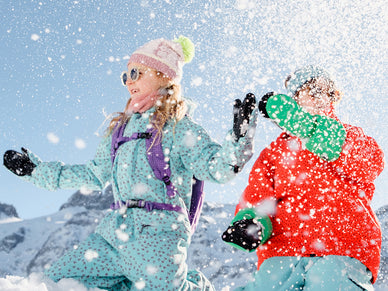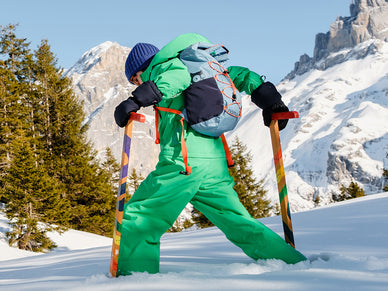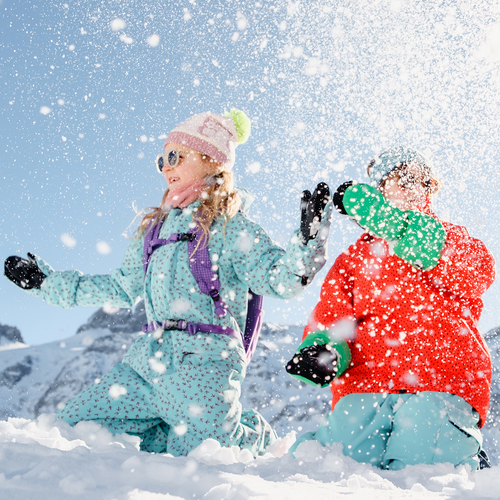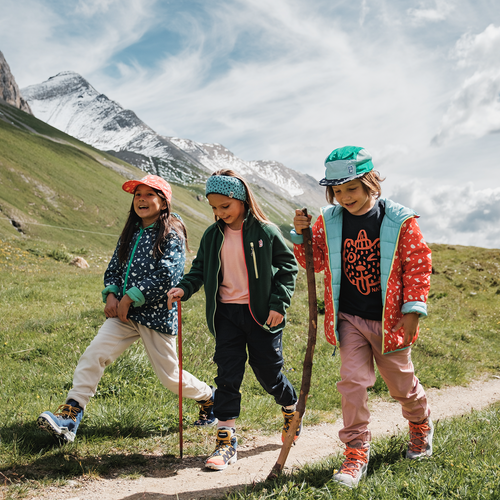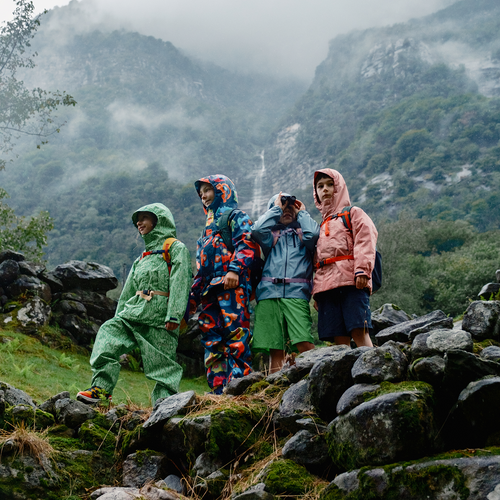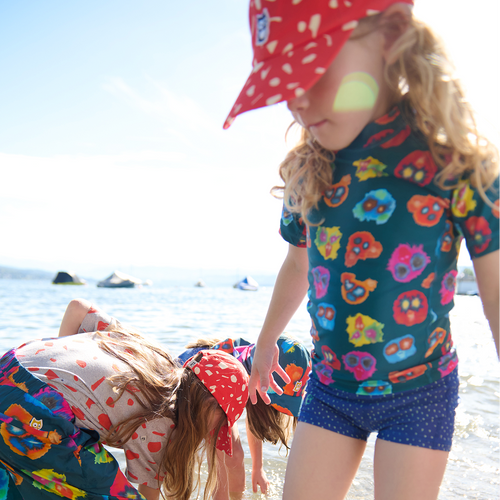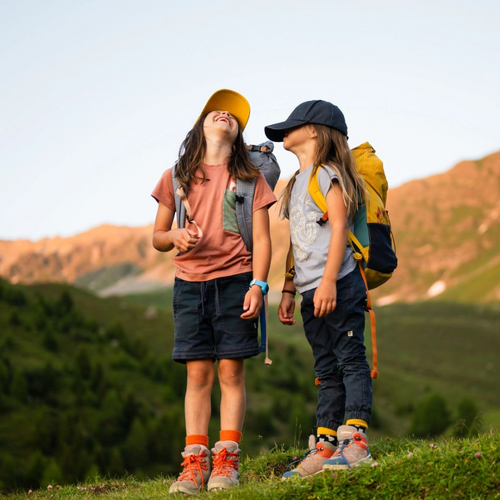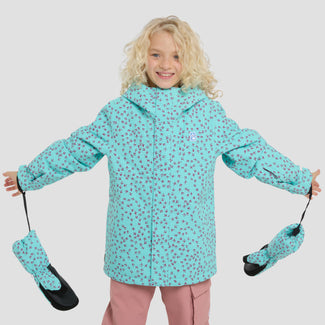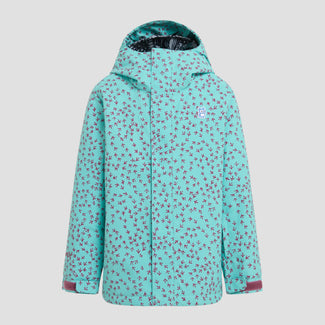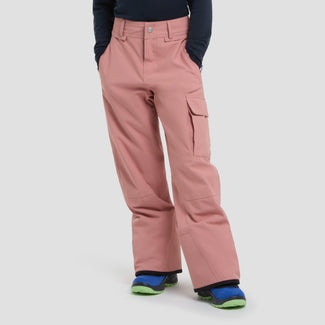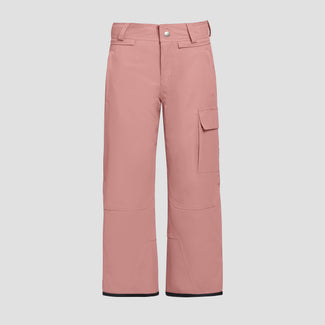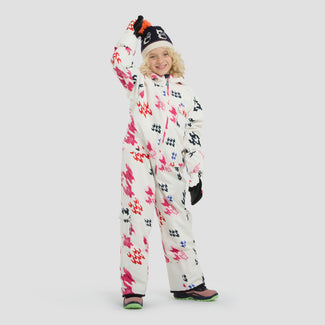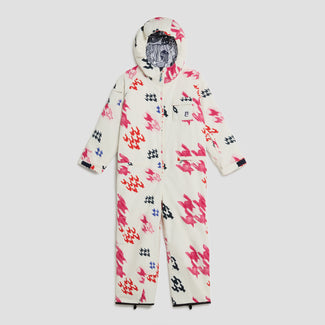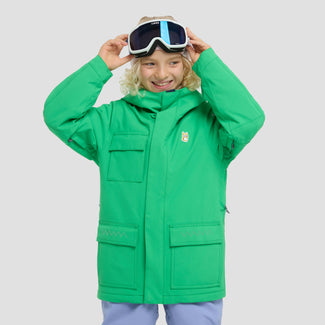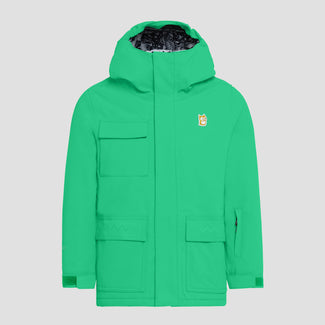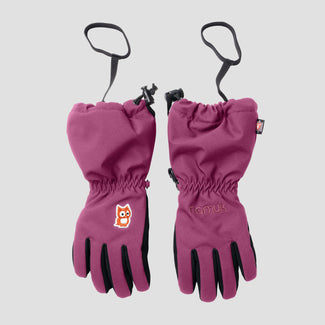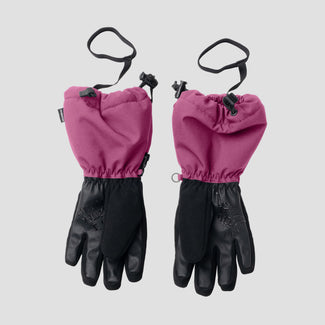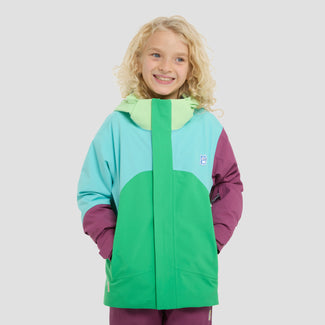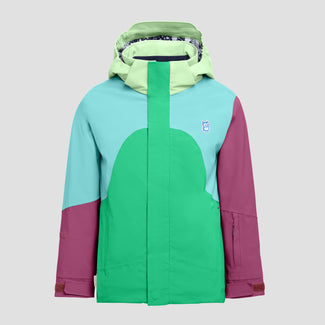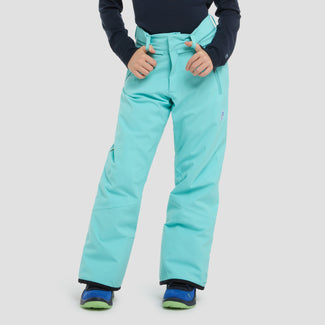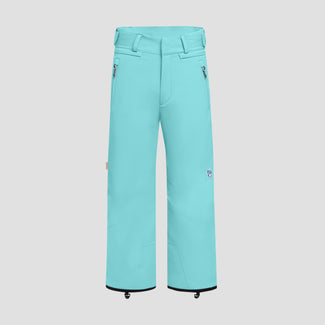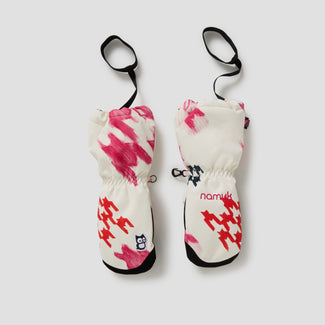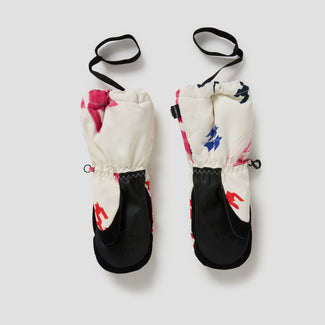Guest author: Melanie Gath
Their home sits at 2,795 meters above sea level – perched on a rocky ledge, surrounded by a breathtaking world of glaciers. For the past five years, Nina and her husband Toni have lived high above the Gadmertal, near the Steingletscher and the Susten Pass, running the Tierberglihütte. They spent the first two years running the hut as a couple – now they’re a family of four. Two-year-old Yannick and his little sister Melina, who joined the family earlier this year, are now part of the team.
It’s a life many people can hardly imagine, but for Nina and Toni, it’s a dream come true. In a recent conversation, Nina shared what day-to-day life on the mountain hut really looks like.

“Yannick is the tough one,” says Nina with a smile. While she and Toni occasionally take a break in the valley, Yannick usually stays up on the mountain with the other parent. Only in August does he get two weeks of “a little summer in the valley.” Carrying him up and down each time is no longer realistic. “He weighs 18 kilos now, and that’s simply too much.” This year, they’re trying something new. “We’ll see if he can hike the whole way himself. Maybe he’ll be the first two-and-a-half-year-old to do it,” says Nina, a little amused.
Plenty of time outside
Just like in the valley, a good day on the hut often depends on how well the kids sleep. “Melina almost sleeps through the night, but Yannick still wakes up four or five times.” By 6 or 7 in the morning, their short and restless night is usually over. The hut day begins even earlier. “Most guests want breakfast around 4 a.m.” Later in the morning, while the kitchen is cleaned, the floors are mopped and the beds are made, Yannick likes to help wherever he can.
“Since he was born, we’ve added one more team member so either Toni, I, or one of our helpers can spend time with him,” says Nina. Inside, he moves around freely and finds ways to entertain himself. But outside, it's a different story. “One side leads down to the glacier. The other drops off 200 metres.” So there's one clear rule: Yannick only goes outside with someone by his side.

But one thing’s for sure: Yannick definitely gets enough time outside. Nina says that right after breakfast, he usually heads straight out the door. Surrounded by towering cliffs and the stunning glacier landscape, he plays in front of the hut for hours. He only comes back inside for lunch.
While both kids nap after lunch, the parents make the most of that time. That’s when most guests return for their midday meal. The afternoon follows a similar rhythm: one person plays outside with Yannick whenever possible. Melina is still easy to please – she’s happy just being nearby and soaking it all in. Meanwhile, the rest of the team takes care of the guests, prepares meals, hosts the daily mountain guide’s aperitif, and keeps the hut running smoothly.

Two close calls
To me, everything sounds well thought out and organized. But of course, life on the mountain isn’t always picture-perfect, Nina tells me during our conversation. There have definitely been moments when she questioned whether raising a family up here was the right choice for the kids.
She also often finds herself torn between her role as hut manager and being a mom. “Since we’ve been up here, I haven’t once been able to put the kids to bed because I handle the evening check-outs,” she says. “Yannick often says, ‘Mami, come to bed.’ That really breaks my heart. But just yesterday, we only had five guests – so I was finally able to do it.”
The family’s living space is basically the kitchen, since the dining area is always full of guests. “But honestly, the kitchen is full of hazards – gas, boiling water, things that can fall.” So the kids’ real playground is mainly outdoors.

Between mountain hustle and family time
Nina admits she’s a bit nervous about this year – Yannick and Melina are at very different stages right now, with very different needs. But even with the challenges, she says the positives clearly outweigh everything else. “Toni’s here, and we get to watch our kids grow up together.” When things get a little too hectic in the hut, she’ll take a step back with Yannick. And on the flip side, the work can be a welcome change of pace after a long, full-on parenting day.

Toni grew up in a mountain hut himself, as the son of two mountain guides. Maybe that’s part of why he and Nina have chosen this way of life for their own family. “He remembers it all so vividly,” Nina says. For him, the helicopter flights were the ultimate highlight – and still are. Now they’re one for Yannick too. The mountains have always felt like home to Toni. “He moves through the terrain like a mountain guide, even though he’s not one,” Nina observes.
And she’s already noticing the same instincts in their son. “Toni’s mom was out on a tour with some guests,” Nina recalls. “Along the way, they crossed paths with our hut helper and Yannick, who was doing a little hike. He passed by a rock and made his way down without hesitation.” One of the mountain guides turned to the group and simply said, “That’s how it’s done.” Nina smiles: “He just does it naturally – while we adults tend to overthink it, brace ourselves, and move awkwardly.”

Health and safety – always top of mind
I’m a mountain person at heart too, and I do live at 1,000 meters above sea level. But I have a bus stop practically right outside my front door. There’s a small village store. I can see a doctor if needed, and in an emergency, I’d be at the hospital within 30 minutes. So when I think about living in a remote mountain hut at over 2,000 meters, healthcare is honestly one of my biggest concerns. Naturally, I wanted to know: How do they handle this? What do they do in an emergency?
It’s something Nina thinks about a lot. “There were two times when I really had to consider whether we should call REGA [Swiss Air Rescue] and head down to get things checked out,” she says. “But you also need good flying weather.” In winter, they could ski down to the valley in about two hours if they had to. Only once did they actually consult a REGA doctor for advice. Most of the time, it comes down to a gut decision: “If one of the kids is sick, I ask myself, would I go to the doctor if we were in the valley?”
Nina adds, “Because neither of our kids goes to daycare, they’re not exposed to all the usual viruses and bacteria. So we’ve been really lucky – they don’t get sick very often.” She knocks on wood as she says it. Still, she believes both Yannick and Melina are blessed with strong immune systems.

A nature-loving kid full of curiosity
I suggest that growing up at this altitude, surrounded by wild nature and spending so much time outdoors, must have a huge impact. Nina agrees: “Yannick is outside almost all the time. He has so much energy – indoors he just fidgets and would tear the place apart.”
Outside, he has space to explore – and he genuinely loves it. “He can watch a snail for an hour, but inside he won’t sit still for more than two minutes.”
Rock towers, chicken feathers, and a tiny trampoline
After we’ve talked through some of the challenges, I ask Nina about her favorite memory from their time in the hut. “It’s getting harder to pick just one. There are so many little moments,” she says. What she loves most is that Yannick always wants to help – purely on his own initiative. “I also think it’s beautiful how open he is thanks to life in the hut,” she adds. He’s eager to be part of everything and rarely has trouble connecting with new people.
Still, I keep thinking about how Yannick is growing up in this breathtaking but wild environment, surrounded by potential dangers. So I ask her what his playtime outside actually looks like.

In front of the hut, there’s a terrace, a small platform, and just beyond it – the helicopter landing pad. That’s where you’ll find his sandbox and a mini trampoline. “But he’s starting to explore further and further,” Nina explains.
When his grandma recently visited via the via ferrata route, she and Yannick walked all the way to the end of the trail to meet her. “It’s a bit of a hike,” she says. Even grandma was surprised. “Then we build rock towers. And we walk over to the cliff edge to watch people coming up or heading down. We also have chickens, and he loves spending time with them and collecting the eggs.” He also rides his balance bike in circles around the hut.

Rock gardens aren’t lawns
At nearly 3,000 meters above sea level, nature is a little wilder – no soft lawn behind the house for doing cartwheels. So how does the family experience their surroundings?
Nina shares, “When we went down to the valley for two weeks last year, Yannick could barely walk on flat ground at first – he kept stumbling.” Even walking barefoot on grass took him some time to get used to. He wasn’t a fan of car rides either. “The car completely threw him off,” she says. The same goes for trees – and all that wide-open space to run around in.

I hesitate for a moment before asking – but then I do: what will happen to life on the mountain once Yannick and Melina are old enough for school or kindergarten?
Nina smiles. “We do have a rough plan. I don’t want Yannick to be homeschooled. Kindergarten is important – to get used to the system while still enjoying playful learning, arts and crafts, and all that.” Luckily, they don’t have to make any big decisions just yet – not until 2027.
Until then, we can still visit this warm-hearted family on their Tierberglihütte. It’s definitely made its way onto my hiking bucket list.
